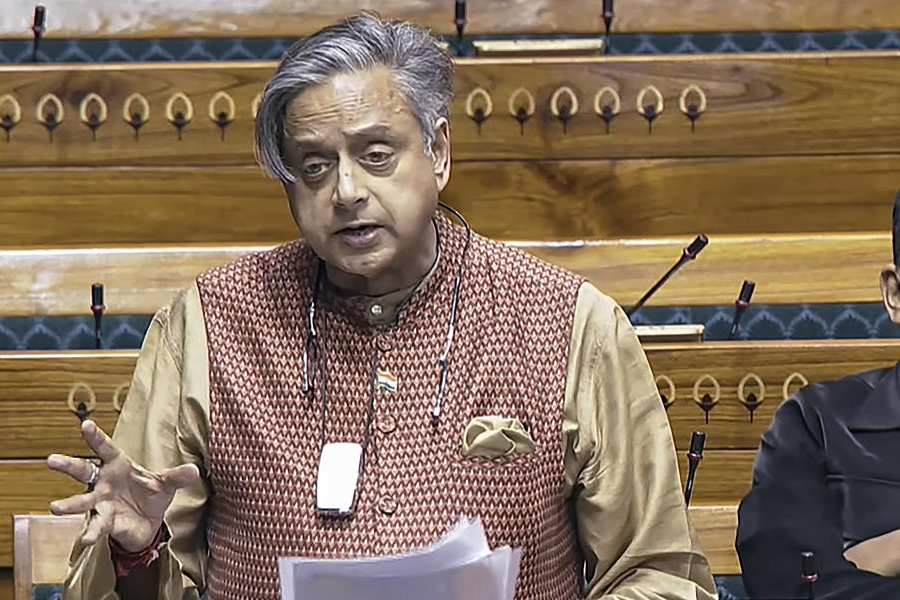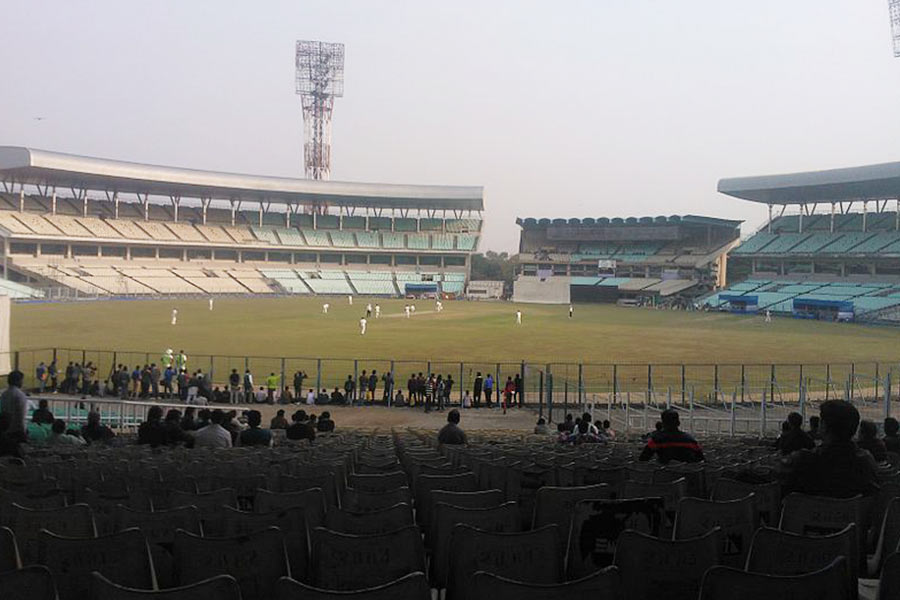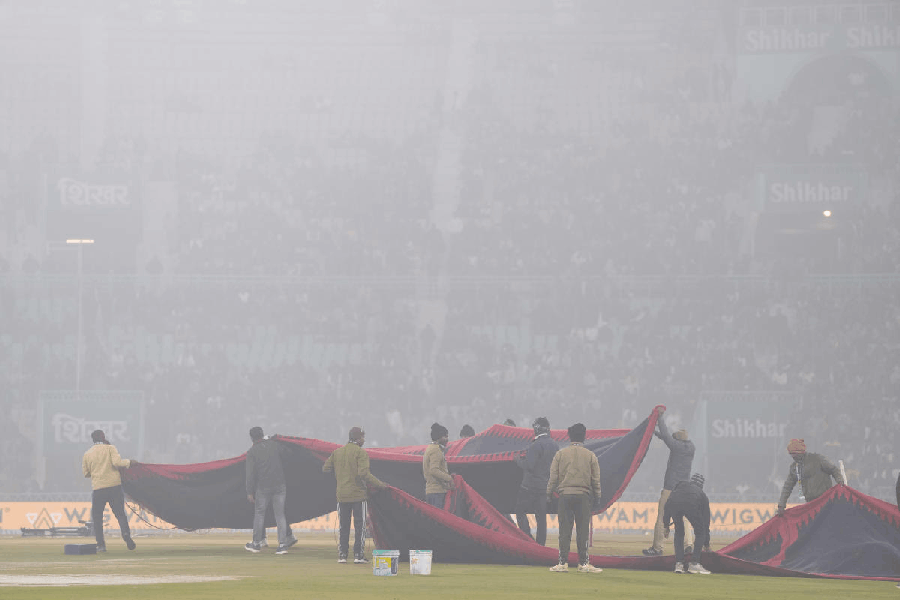 |
| An Aikido session for kids at Solace; (below) Avijit Mitra explains the techniques to a participant. Pictures by Sanjoy Chattopadhyaya and Rashbehari Das |
 |
Using the aggressor’s force as the means of self-defence. No, not a Gandhian philosophy. This is Aikido, an ancient form of non-aggressive Japanese martial art that has over the years found its way into a practice, yielding wellness of body, mind and soul.
Created by Master Morihei Ueshiba, Aikido, a modified form of Daito Ryu Aikijutsu and other martial arts that ancient Samurai warriors practised, has entered the professional arena as Corporate Aikido (a technique of keeping your calm and making peers and colleagues tranquil).
It has starred in various Hollywood action flicks ? Hard To Kill, Above the Law, Marked For Death and more. The movements have been imitated by actor-producer Steven Seagal, a seventh dan black-belt in Aikido.
And now Aikido is here in Calcutta, through specialised sessions at day spa and fitness centre Solace.
In Kanji script, ai means harmony, ki means spirit, mind or universal energy, and do means the path. “Aikido is the way to a harmonious spirit,” explains Avijit Mitra, a founder member of the Academy Of Aikido in India formed in the year 1992. Currently the Aikido instructor at the Sunny Park centre, Avijit is a second dan black belt in Aikido and a fourth dan black belt in karate.
His first class at Solace was a workshop with children on June 25 followed by an adults’ session on June 28. The introductory sessions will be followed by a series of regular classes beginning sometime in July, at Solace.
GoodLife explores further.
The basics
In Aikido, the movements originate from the Hara or centre (a point of focus in the lower belly). An Aikido session begins and ends with Mokuso or meditation. The meditation is followed by Aiki Taiso, basic exercises for “warming up the mind and body and activating the internal system”, explains Avijit.
Not all exercises are advisable for children. Avijit cautions: “Aikido is beneficial for children in more ways than one, but since their bones are still growing, a child has to be handled very carefully.”
Aiki Taiso is followed by various other Aikido techniques.
At Solace, a 12-session kids’ weekend Aikido package costs Rs 1,200. A 12-session adults’ Aikido package with classes on Monday, Wednesday and Friday costs Rs 2,100.
For kids
The children’s session combines select Aikido techniques and Aikido etiquette. A child learns the principles of mind and body co-ordination. “Children not only learn ways of self-defence, but the training promotes tangible benefits such as good mental and physical health too. By applying the ki principles, children improve their performance in school activities, sports, music and art,” says Avijit.
It also aims to improve concentration, self-discipline and respect.
“A child learns to bow at the Dojo or the training area every time he/she makes an entry or exit. Also he/she has to bow before performing any movement. Through this they learn to respect their surroundings,” points out Avijit.
Aikido helps develop their self-confidence through Ukemi or the art of safe falling. “Like swimming, Ukemi is a life-skill and helps prevent injuries and bad falls. So, the child overcomes the fears of falling and develops self-confidence,” he explains.
For adults
“Aikido helps the wellbeing of internal organs like gall bladder, heart and lungs. It also develops posture and improves self-confidence,” says Avijit.
An Aiki Taiso session for grown-ups is followed by falling techniques like Mae Ukemi or front-falling, and Ushiro Ukemi or back-falling. The Ukemi session is followed by controlling techniques like Ikkyo, Nikyo, Sunkyo and Yonkyo plus throwing techniques like Shiho Nagi and Kote Gaeshi.










